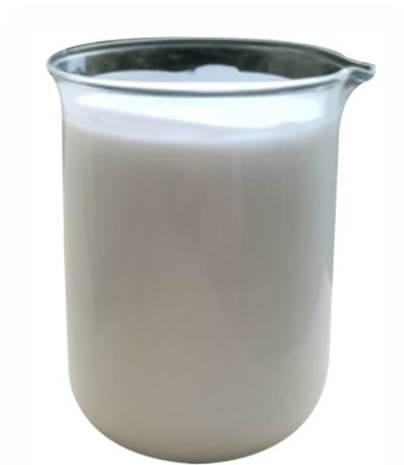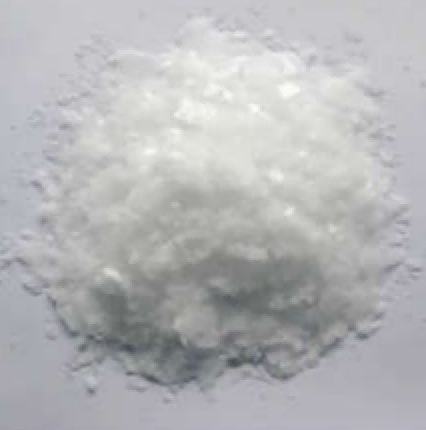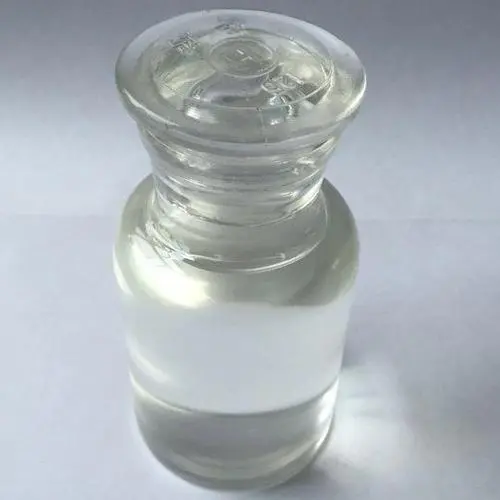1. Introduction
If you’ve ever read the back of a shampoo bottle or checked the ingredients in your toothpaste, you’ve probably seen ‘sodium lauryl sulfate’—often abbreviated as SLS. This chemical is one of the most common surfactants used in personal care and cleaning products worldwide. But what exactly is it, and why is it so popular? More importantly, should you be concerned about using it? In this article, we’ll break down everything you need to know about sodium lauryl sulfate, its cousins like sodium laureth sulfate, and how it compares to gentler alternatives like decyl glucoside and coco betaine.

2. What Is Sodium Lauryl Sulfate?
Sodium lauryl sulfate (SLS), also known scientifically as sodium dodecyl sulfate, is a synthetic anionic surfactant. The term ‘anionic’ means it carries a negative charge in water, which helps it bind to oils, grease, and dirt—making it highly effective at cleaning and foaming. You might also see it labeled as ‘na lauryl sulfate’ or ‘natrium lauryl sulfate’ in some regions, but these all refer to the same compound.
Despite frequent confusion, SLS is not the same as sodium laureth sulfate (also called sodium lauryl ether sulfate or sodium lauryl ether sulphate). While both are anionic surfactants and produce rich lather, sodium laureth sulfate is ethoxylated—meaning it’s been treated with ethylene oxide—which makes it generally milder on the skin than SLS.
3. The Meaning of Surfactant and How SLS Works
The word ‘surfactant‘ comes from ‘surface-active agent.’ Surfactants reduce surface tension between liquids or between a liquid and a solid, allowing water to spread and wet surfaces more easily. This property is why surfactants are essential in everything from dish soap to herbicides.
In personal care products, SLS acts as a detergent, emulsifier, and foaming agent. It lifts oil and grime from your skin or hair and suspends them in water so they can be rinsed away. That satisfying lather you see when you shampoo? That’s largely thanks to SLS or similar anionic surfactants.

4. Common Confusions: SLS vs. SLES and Other Variants
Many consumers mix up SLS with sodium laureth sulfate (SLES), often written as ‘sls sodium laureth sulfate’ or ‘sulfate laureth.’ While both are sulfates and anionic, SLES is less irritating due to its ethoxylated structure. Labels that say ‘sls sulfate’ or ‘laureth sulphate’ can be misleading—always check the full ingredient name.
Other related compounds include ammonium lauryl sulfate (also called ammonium dodecyl sulfate or ammonium lauryl sulphate), which functions similarly but uses ammonium instead of sodium as the counterion. Sodium dodecylbenzene sulfonate is another anionic surfactant used more in industrial detergents than cosmetics.
5. Gentler Alternatives to SLS
Due to concerns about skin irritation—especially for people with sensitive skin or conditions like eczema—many brands now use milder surfactants. These include:

- Alkyl polyglucoside (e.g., decyl glucoside, coco glucoside): non-ionic, plant-derived, and biodegradable
- Cocamidopropyl betaine (also called coco betaine, amidopropyl betaine, or cocamido): an amphoteric surfactant that works well with anionic types to reduce irritation
- Sodium cocoyl isethionate and sodium lauroyl methyl isethionate: ultra-mild surfactants common in ‘syndet’ bars
- Sodium coco sulfate and coco sodium sulfate: milder sulfate alternatives derived from coconut oil
- Sodium lauroyl sarcosinate and lauroyl sarcosinate: amino acid-based anionic surfactants known for gentle cleansing
These alternatives are often grouped under ‘bio surfactants’ or ‘bio surfactants’ because they’re derived from renewable resources and are more eco-friendly.
6. Beyond Personal Care: Industrial and Agricultural Uses
Surfactants aren’t just for shampoo. In agriculture, they’re used as wetting agents to help herbicides stick to plant leaves. Products like ‘surfactant for weed killer’ or ‘lawn wetting agent’ often contain nonionic surfactants such as polysorbate 80, Span80, or ethoxylated alcohols. Lignin sulfonate, a byproduct of paper manufacturing, is also used as a natural surfactant in some agrochemical formulations.
In labs and industry, cationic surfactants like cetyl trimethyl ammonium bromide (CTAB or cetyltrimethylammonium bromide) are used for their antimicrobial properties, while fluoro surfactants offer extreme surface tension reduction for specialized applications.
7. Safety and Availability
Sodium lauryl sulfate is generally recognized as safe for use in rinse-off products by regulatory bodies like the FDA and EU Commission. However, it can cause irritation in high concentrations or with prolonged skin contact. That’s why it’s rarely used alone in modern formulations—instead, it’s blended with amphoteric or nonionic surfactants like cocamidopropyl betaine or poloxamer 188 (Pluronic 127) to balance performance and mildness.
If you’re looking for bulk ingredients, ‘sodium lauryl sulfate for sale’ is widely available from chemical suppliers, including companies like Rohit Surfactants Private Limited. Just remember that industrial-grade SLS may not be suitable for cosmetic use without proper certification.
8. Conclusion
Sodium lauryl sulfate remains a workhorse surfactant thanks to its powerful cleansing and foaming abilities. While it’s not inherently dangerous, its potential for irritation has driven innovation toward milder, more sustainable alternatives like alkyl polyglucosides and amino acid-based surfactants. Whether you’re choosing a shampoo, formulating a cleaning product, or mixing a weed killer, understanding the different types of surfactants—anionic, cationic, nonionic, and amphoteric—helps you make smarter, safer choices.
Our Website founded on October 17, 2012, is a high-tech enterprise committed to the research and development, production, processing, sales and technical services of ceramic relative materials such as What. Our products includes but not limited to Boron Carbide Ceramic Products, Boron Nitride Ceramic Products, Silicon Carbide Ceramic Products, Silicon Nitride Ceramic Products, Zirconium Dioxide Ceramic Products, etc. If you are interested, please feel free to contact us.


